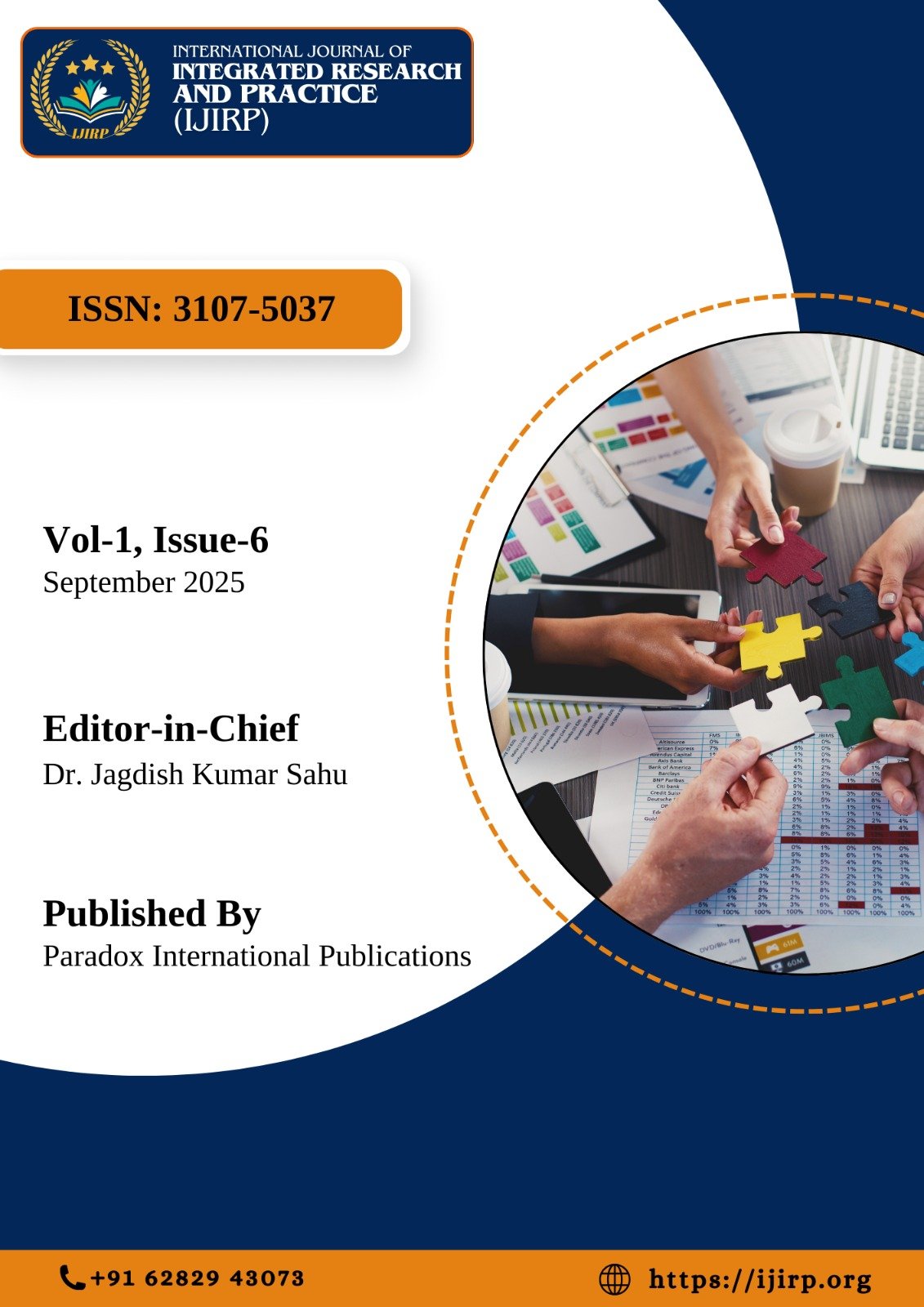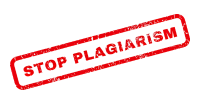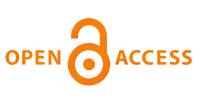Organizational Agility as a Response to Market Disruption
DOI:
https://doi.org/10.25215/31075037.063Keywords:
Organizational agility; Market disruption; Strategic agility; Operational flexibility; Adaptive leadership; Innovation; ResilienceAbstract
As the world today has a highly competitive and volatile economy, which is becoming more and more global, organizations are being exposed to continuous turbulence, in the form of technological advances, changes in consumer tastes, regulatory changes and crises, which are never expected to come. Such shocks interfere with predictability of business model and compel the business firms to evolve at short notice so as to retain performance and competitiveness. This article talks of an organizational agility as a strategic response to market discontinuity, and it raises the issue of the significance of such response as the mechanism of survival, as well as long-term benefit. Organizational agility could be defined as the ability of a business firm to sense the shift, which is emerging, and to mobilize resources fast and make decisions in time without influencing the operations of the business. The paper discusses how agility can be manifested in three dimensions such as strategic agility, agility operational and people agility. Strategic agility relies on re-thinking the business models, embracing innovation, and relying on the partnership to capture new opportunities. The agile approach of operations focuses its attention on versatile organization, adaptability, and the introduction of digital technologies as a means of enhancing responsiveness. People agility apply pressure on leadership, workforce resilience and a culture of encouraging unlimited learning and empowerment. On the basis of the present case studies, it can be analyzed that more agile organizations have a better position to handle the risks and take advantage of the new markets and turn the disruption to the growth opportunities. However, agility is more not simple; firms must balance the speed and stability as well as limitations of resources and decide reactively. The paper concludes that organizational agility cannot be viewed as a luxury feature but a skill that needs to be provided in order to be able to cope with the uncertainty. Organizations can use disruption to become a force of sustainable success through institutionalization of agility through commitment by leaders, structural flexibility and organizational culture of adaptability.









